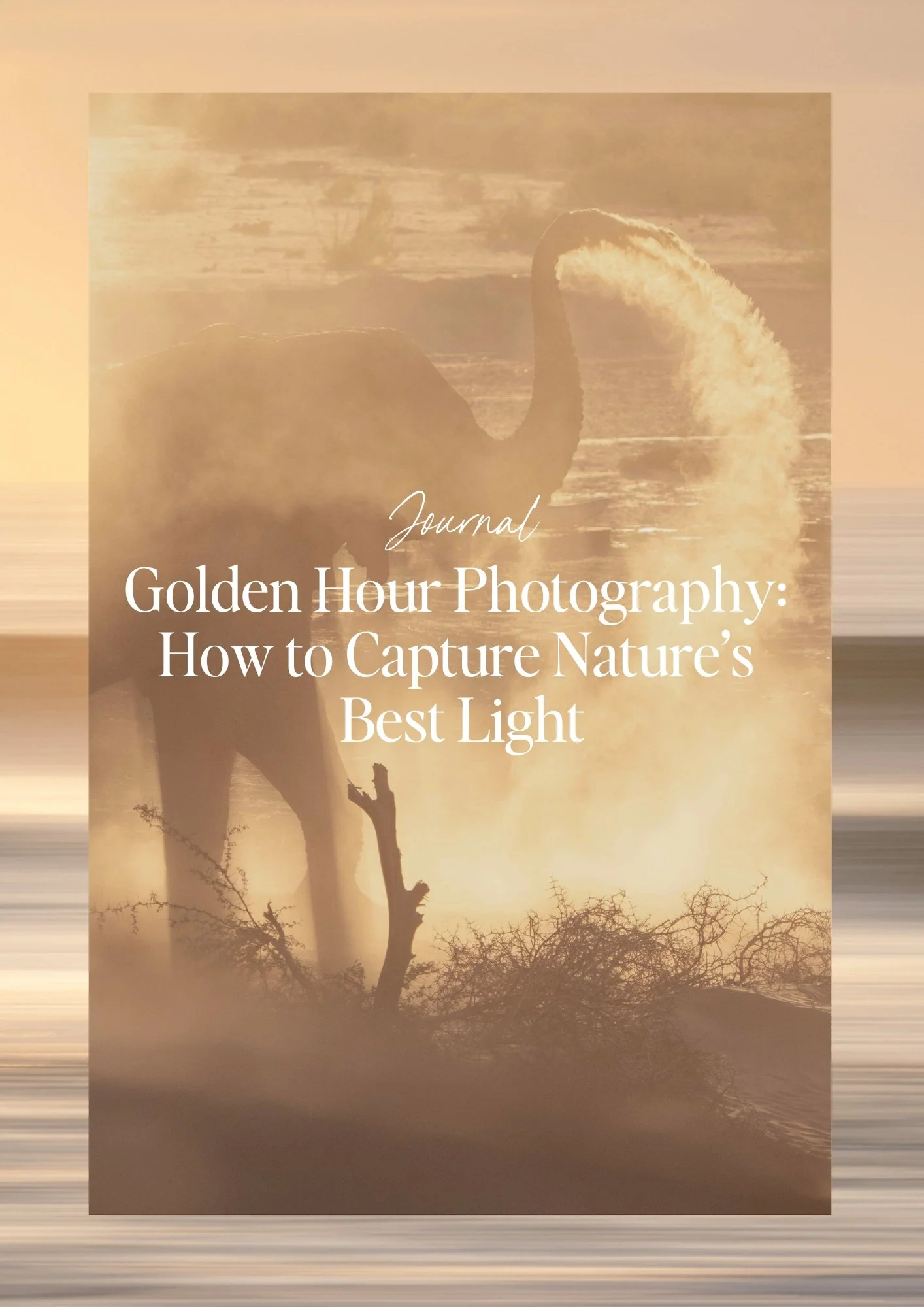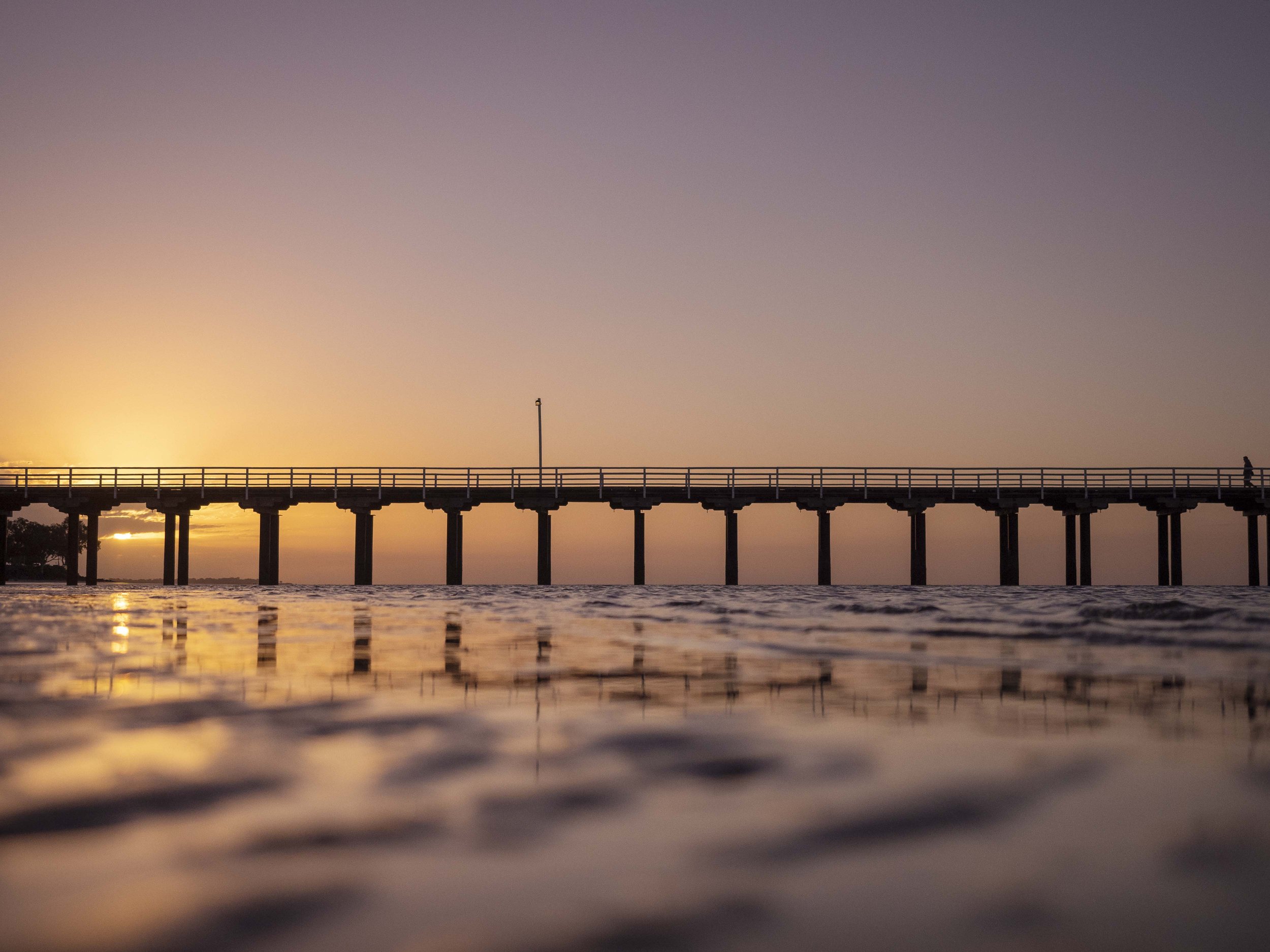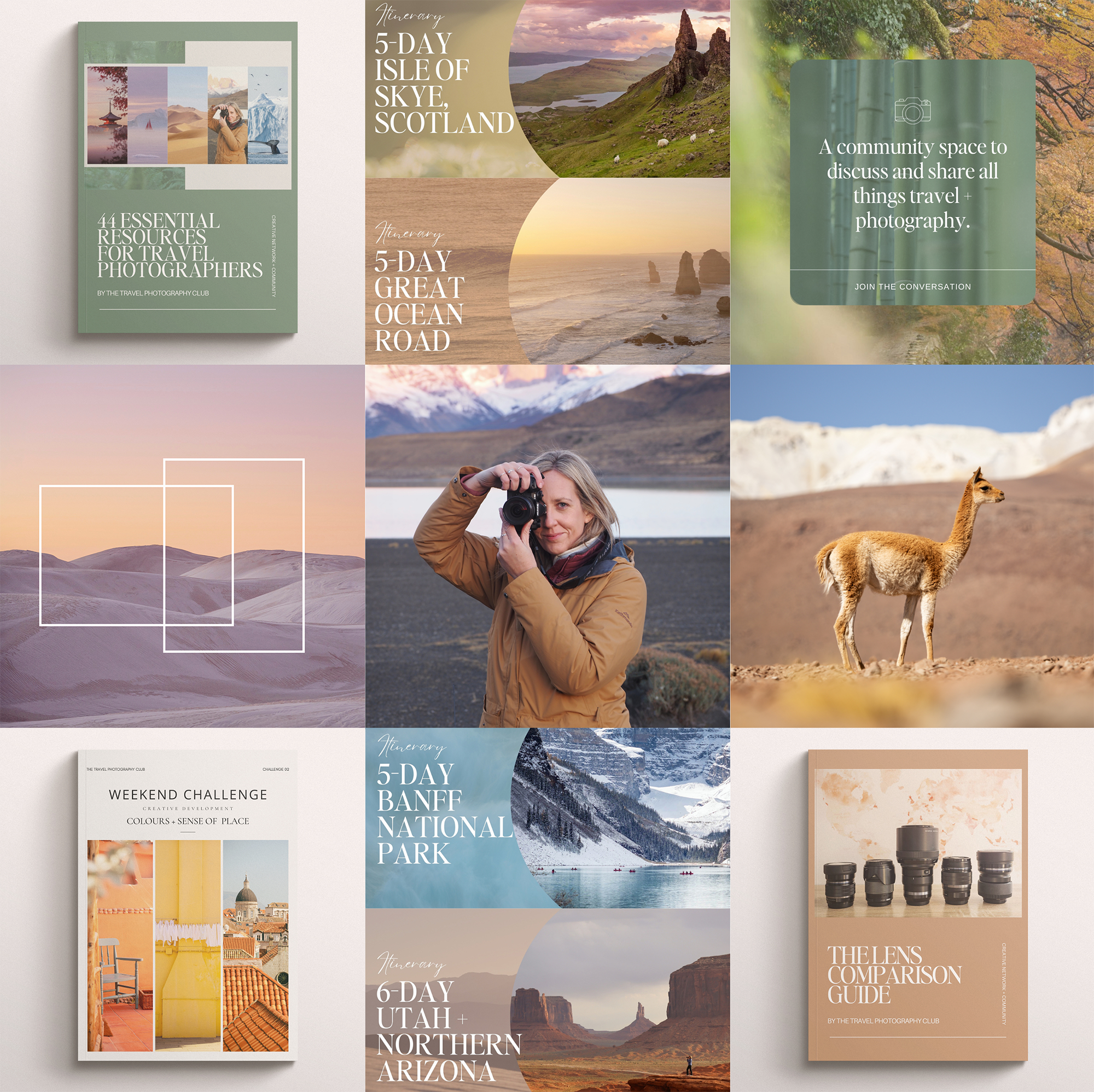Golden Hour Photography: How to Capture Nature’s Best Light
Golden Hour Notes + Tips
As a photographer, it can be common that you start getting those nervous butterflies before golden hour approaches. You may be at dinner with friends and need to find a great excuse to leave abruptly, especially if the sky is showing signs of colour or cloud patterns!
Anything is possible, you could be in for the best shot of your life…or it may fizzle out and end in grey tones. Regardless, the experience of attempting a golden hour session will be worth it!
Golden hour, that short, magical window after sunrise and before sunset, has a way of transforming even the simplest landscapes into glowing works of art. As the sun sits low on the horizon, shadows stretch, colours warm, and the light softens, wrapping everything in a golden glow. Some days it feels like it lasts forever, other days it progresses to dusk or daylight faster than we can click the shutter or find our creative flow.
Whether you are photographing street scenes, a mountain range, or a quiet coastal landscape, this light can bring depth, texture, and atmosphere to your images.
Here is how to make the most of it.
Why Golden Hour is Special
Soft light: The diffused light reduces harsh shadows, giving a more balanced exposure with details in both highlights and shadows.
Warm hues: The golden tones enhance natural colours, adding depth and mood.
Long shadows: Creates leading lines, interesting patterns, and added dimension.
Enhanced skies: Pastels and fiery tones can appear when light meets scattered clouds.
Camera Settings for Golden Hour
Light changes quickly at this time of day, so be ready to adjust your settings as it shifts. As conditions will differ depending on your location, the weather, your surroundings and the subject you’re photographing, it’s tricky to share exact settings, but this will help you get started. I always encourage experimentation, adjust as you go and see how creative you can get!
Aperture: Use f/1.8 to f/2.8 for portraits, closer subjects, and/or shallow depth of field, or f/8 to f/16 for landscapes to ensure sharpness from corner to corner.
Shutter speed: Start around 1/200s to freeze movement, slower for still scenes or motion blur. Slowing your shutter speed can produce some beautiful results with movement, especially if you’re photographing water. Golden hour is the ideal time to experiment with this due to the lower light which means you can get away with relatively fast long exposures without the need for a tripod!
ISO: Keep it low (100–200) to minimise noise, raising it only when necessary.
Creative Techniques to Try
Backlighting
Place your subject between you and the sun to create a glowing halo effect. Adjust exposure to avoid underexposing your subject, and embrace a little lens flare for an artistic touch.
Silhouettes
Use the low, warm light to outline your subject, from lone trees to skyline shapes, for a dramatic effect.
Foreground Interest
Incorporate flowers, grasses, or architecture to add depth and frame your shot. Golden light on these elements can add texture and colour to your image.
Plan for Success
Golden hour moves fast. Scout your location ahead of time, arrive early to test compositions, and keep shooting as the light shifts from warm glow to dusk pastels. The most magical images often happen just after the sun dips below the horizon. Within the club’s resource library, there are a host of downloadable guides to help with location scouting and forecasting as a photographer.
Want to Learn More?
This article contains excerpts from The Edit – Edition 01: Golden Hour Mastery inside The Travel Photography Club, where members receive the complete guide, detailed settings, extra creative techniques, editing notes, and an exclusive golden hour creative challenge. Plus, you will gain access to our resource library and past editions of The Edit, covering topics like Wildlife Photography, Urban Environments, Editing Colours and more.
The club is home to photographers from over 20 countries, connecting through creative challenges, shared experiences, and a love of capturing the world.
If you would like to be part of this inspiring global community, you can learn more here.







